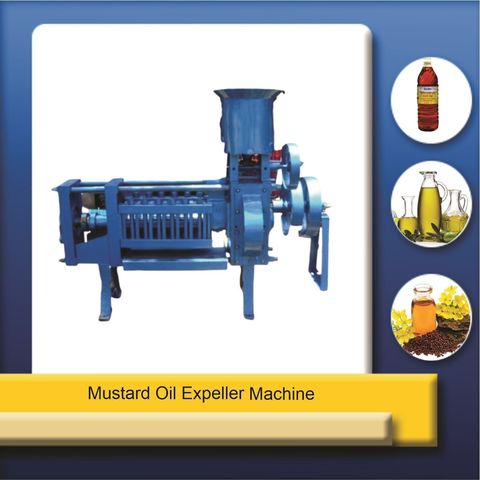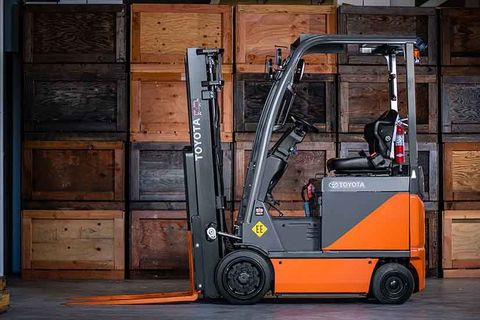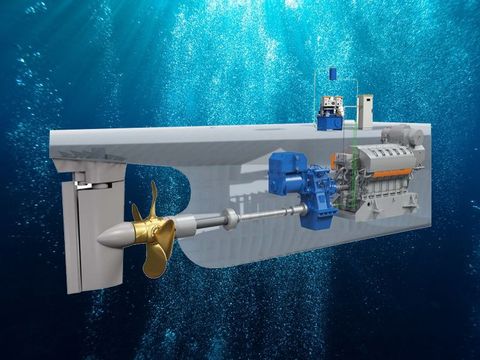Complex Programmable Logic Devices Guide: Learn, Discover, and Understand Core Concepts with Helpful Insights
Complex Programmable Logic Devices, commonly known as CPLDs, are reprogrammable digital logic devices used to implement custom hardware functions. They exist to bridge the gap between simple logic components and more complex programmable solutions like Field-Programmable Gate Arrays (FPGAs).
Before technologies like CPLDs were introduced, engineers relied heavily on fixed-function integrated circuits to build timing modules, interface logic, and control systems. This limited flexibility, and any change required redesigning hardware from scratch.
CPLDs emerged to answer the need for customizable logic structures that do not require an entirely new chip design. They allow a designer to write configuration instructions using hardware description languages (HDLs) and map them onto a device’s internal digital architecture. Because of this programmable nature, CPLDs became a widely applied tool in embedded systems, industrial automation, networking equipment, and consumer electronics.
Their structure typically includes multiple macrocells, programmable interconnect networks, and input/output blocks. Together, these components help users create tailored digital circuits such as decoders, timers, state machines, or communication interfaces. CPLDs stand apart from other programmable devices by offering predictable timing behavior, non-volatile configuration storage, and a stable architecture well-suited for control-oriented applications.
Importance
CPLDs matter because they continue to provide reliable, deterministic digital logic for a wide range of systems that require stability, low power usage, and long operating life. They influence several technology sectors:
Who Benefits
-
Electronics designers building custom logic blocks
-
Embedded systems developers implementing interface control
-
Students and researchers learning programmable hardware
-
Industrial equipment manufacturers using durable digital controllers
-
Communication system engineers developing high-speed interfaces
Problems CPLDs Help Solve
-
Rigid hardware limitations: They remove the need for multiple fixed-function logic chips.
-
Design updates: Their reprogrammable nature allows modification without physical redesign.
-
Timing stability: CPLDs maintain predictable propagation delays, helpful for control logic.
-
Non-volatile configuration: They retain programmed logic even without power.
-
System integration challenges: Designers can combine many small functions into one device, simplifying board layout.
Their importance continues even with advanced FPGA technology because many applications still rely on deterministic timing, robust digital logic, and simpler architectures that CPLDs provide more efficiently.
Recent Updates
CPLDs have remained relevant, and the past year has seen improvements in performance, sustainability, and design tools. Several trends since 2024–2025 have shaped how CPLDs are used:
Shift Toward Low-Power Digital Architecture (2024)
Manufacturers introduced refined semiconductor processes that reduce power usage and heat generation. This trend supports battery-operated systems and industrial devices where long-term stability is essential.
Enhanced Hardware Description Language Workflows (2024 Q3)
Toolchains for VHDL and Verilog programming improved with faster compilation times and better simulation accuracy. This enables more reliable debugging of digital circuits before deploying them to a CPLD.
More Advanced System Integration Features (Early 2025)
New device families added larger macrocells and improved interconnect matrices, offering broader programmable logic capacity without significantly increasing device size.
Focus on Industrial Reliability (2024–2025)
With rising interest in resilient embedded systems, CPLDs have been highlighted as dependable components for automotive electronics, factory automation controllers, and communication gateways.
These updates demonstrate that CPLDs remain an active technology in digital engineering, particularly for applications requiring durability and precise logic control.
Laws or Policies
CPLDs are influenced indirectly by regulations related to electronic components, digital hardware, and semiconductor devices. While they are not regulated individually, the following policies affect their design, distribution, and environmental compliance:
Electronic Waste and Recycling Standards
Many countries enforce rules ensuring safe disposal and recycling of electronic components. Devices like CPLDs must comply with guidelines such as:
-
RoHS (Restriction of Hazardous Substances)
-
WEEE (Waste Electrical and Electronic Equipment Directive)
These standards guide manufacturers to reduce hazardous materials and encourage environmentally responsible design.
Semiconductor Manufacturing Regulations
CPLDs must meet manufacturing and safety rules related to semiconductor fabrication. These policies ensure:
-
Material purity
-
Structural integrity
-
Electrical reliability
Compliance ensures device safety in industrial and consumer electronics.
Digital Hardware Certification Standards
Systems that include CPLDs may be subject to certification standards, such as:
-
Electromagnetic compatibility (EMC) norms
-
Automotive electronic control standards (e.g., ISO-based guidelines)
-
Industrial equipment compliance testing
These regulations help guarantee that programmable logic devices operate safely and consistently across various environments.
Tools and Resources
A variety of tools support CPLD learning, programming, simulation, and integration. These include software platforms, design resources, and reference materials:
Design Software
-
HDL Editors: Tools for writing VHDL or Verilog code
-
Logic Simulation Software: Enables testing designs before loading onto a device
-
Vendor-specific configuration tools: Used to compile, map, and program CPLDs
-
Device Pinout Viewers: Helps in board layout planning
Educational Resources
-
Online tutorials explaining digital architecture
-
Reference guides on programmable logic devices
-
Academic courses covering embedded systems design
-
Technical documentation for logic configuration
Supporting Hardware
-
CPLD development boards for practicing programmable logic
-
USB-based programming interfaces
-
Oscilloscopes and logic analyzers for signal observation
Helpful Features for Beginners
-
Pre-built HDL libraries
-
Block diagram generators
-
Timing analysis calculators
-
Community discussion forums
These tools simplify the process of designing digital circuits and help users gain competence in programmable logic technology.
FAQs
What is a CPLD used for?
A CPLD is used to create custom digital logic circuits such as decoders, timing units, controllers, and communication interfaces. It helps designers implement hardware-level functions without using multiple discrete logic chips.
How does a CPLD differ from an FPGA?
A CPLD has a simpler architecture, predictable timing, and non-volatile memory. An FPGA offers larger capacity and flexibility but often requires more power and has more complex routing and timing behavior.
Is programming a CPLD difficult?
Programming a CPLD generally requires a basic understanding of hardware description languages like VHDL or Verilog. Modern tools include simulation features that make learning easier.
Do CPLDs retain their configuration?
Yes. CPLDs store their logic configuration in non-volatile memory, meaning they preserve their programmed behavior even after power is removed.
Where are CPLDs commonly found?
They are widely used in embedded systems, industrial controls, communication equipment, digital signal interfaces, and consumer electronics for tasks requiring stable and reliable logic.
Conclusion
Complex Programmable Logic Devices continue to play an essential role in digital system design. Their stable timing, reprogrammable architecture, and compatibility with embedded systems make them a preferred choice for control logic, interface management, and custom digital circuitry. Recent technological updates, improved simulation tools, and updated semiconductor processes keep CPLDs relevant in modern engineering environments.
As electronics, automation, and digital communication systems expand, the importance of reliable programmable logic remains strong. CPLDs provide a balance of simplicity, durability, and precise control, making them valuable across educational, industrial, and research settings.







